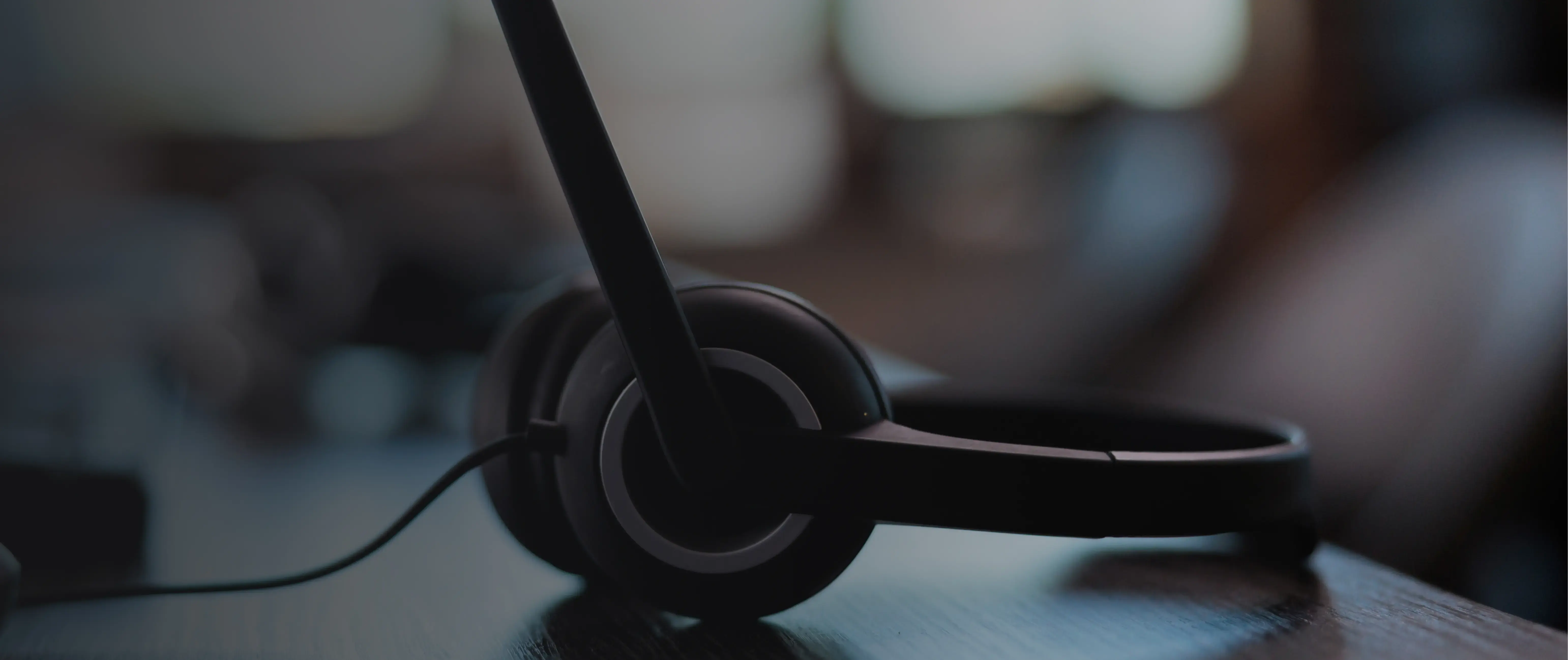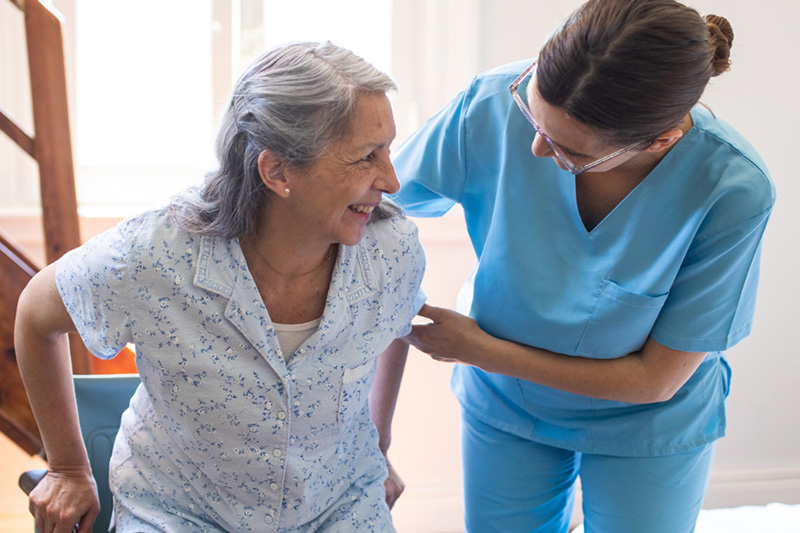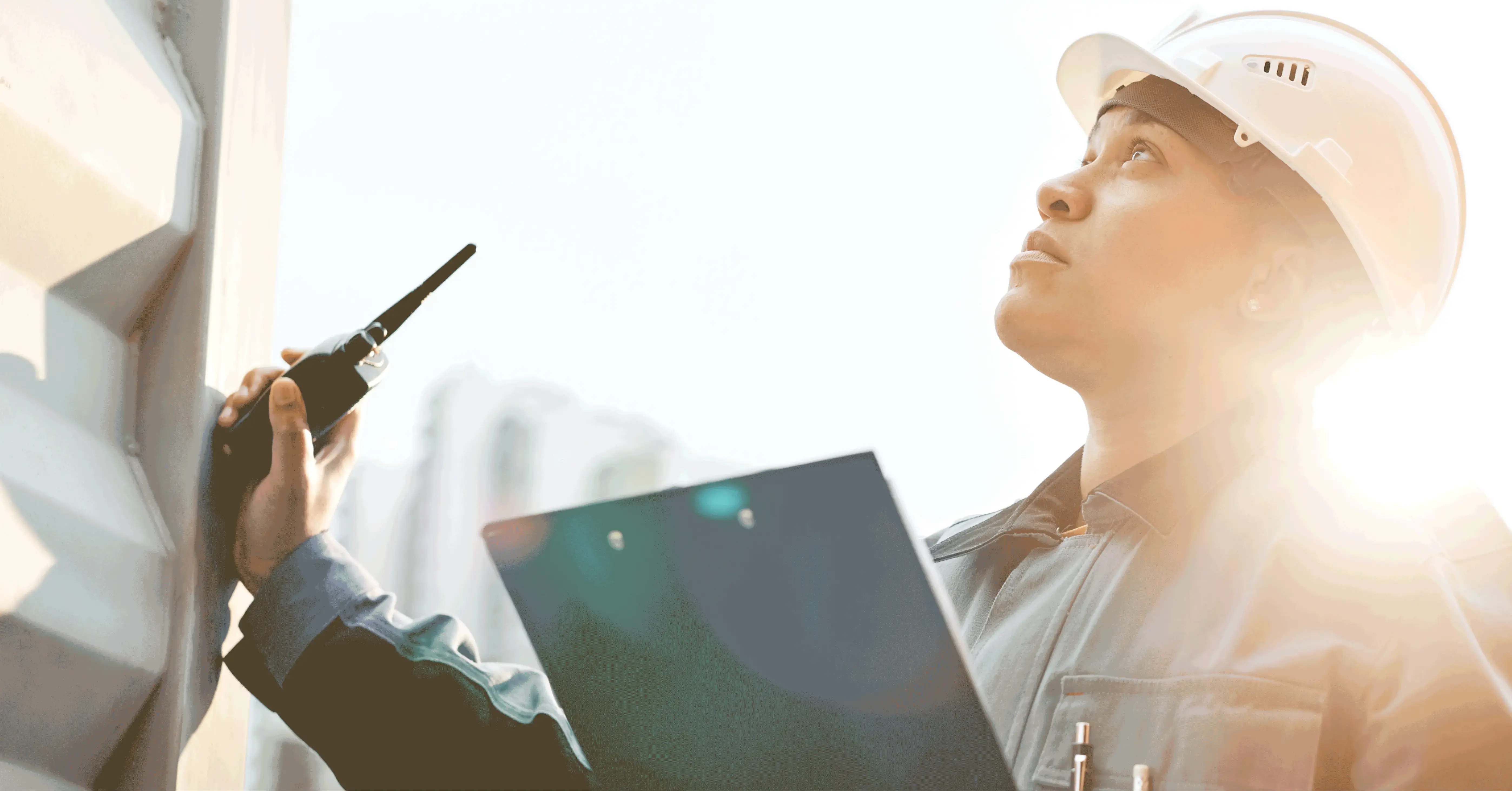Transitioning completely from analogue platforms to digital systems entails considerable challenges for care providers, but also for the carers and the care receivers, given the requirements and the adjustment necessary. It can be daunting for care providers to make the transition, especially those who are heavily reliant on analogue-based systems and devices. However, establishing an understanding of these technical factors and requirements also provides a clearer picture on why the digital switchover is beneficial and necessary for all the parties involved.
Making the most out of modern technology in the care industry
To fully benefit from the modern solutions available, providers must have an adequate level of understanding regarding the technical aspect of the digital switchover. It’s also important to have the right platform to make use of these solutions.
One of the most important factors in today’s modern solutions is the significance of an open platform, allowing you to add new hardware to your system as you see fit. The platform should have open APIs that are well-documented and easily accessible. In short, open APIs allow thirdparty software developers to utilise your platform and integrate it with their own. Within healthcare, this could be used for data management, data analytics, medical research, and even new ways of managing electronic health records. In order to be fully equipped for smart care, a cloud-based platform is very beneficial, the cloudbased platform should also be fully scalable and built with the privacy by design approach in mind. In alarm management, a scalable platform gives the providers freedom to “scale” the number of alarms being simultaneously handled without impacting the performance of the system.
To provide a more personalised approach for your clients, your platform must be easy to configure, and flexible enough to allow you to. This is a very important aspect, given the complex nature of the issues that need to be addressed in care homes, and among the care receivers. The platform should be future proof, allowing providers to integrate newer solutions and devices as these become available on the market.
With most of the current and future trends in care pointing towards the use of data, your platform should capture data in a complete and organised manner, which ensures that all your events are logged accordingly, and can be traced easily if necessary.
A look at the implications and the challenges of the digital switchover
In concept, transitioning from analogue to digital should be as easy as simply replacing the current systems and solutions that are being implemented by the providers. However, as mentioned earlier, the digital switchover, while beneficial for technology enabled care, brings challenges for both providers and receivers. One of these challenges is the initial transitioning cost of upgrading existing systems. However, providers must keep in mind that keeping old, outdated solutions could elevate costs significantly in the long run, especially since companies are slowly eliminating after sales support for these systems.
To give carers and care receivers time to adapt and get used to the new fully digital solutions, a platform that accommodates both traditional and modern systems could be the most helpful option. This would provide a reasonable and smooth transition for them to get acquainted with the new digital system.
TSA, the industry and advisory body for technology enabled care in the United Kingdom, has published a document on digital readiness to guide providers and their clients throughout the analogue switch off. As such, the TSA is also advising providers to review the impact and the implications of the analogue switch off on their systems and services.
The importance of making the switch as early as possible
To better understand the importance of transitioning as early as possible to digital solutions, here are some of the implications of the upcoming analogue switch off, which is scheduled to take place in the United Kingdom in 2025:
- Once the switch off takes place, telecare alarm calls will only be sent over digital networks as the traditional Public Switched Telephone Network (PSTN) gets switched off.
- ISDN lines will also go down in 2025, which is an important point to keep in mind for providers as many telecare services are still reliant on ISDN in feeding alarm data to monitoring centres.
- While the total analogue switch off is due to take place in 2025, even as early as 2023, and BT will not be issuing analogue phone lines anymore.
While it’s still possible to use traditional analogue alarms on digital networks, doing so can pose some risks to the users. Analogue telecare alarms running on digital networks may stop functioning during a power outage, as these type of alarms rely on routers. Analogue devices on digital networks also run the risk of data loss, because these traditional devices still send audible voice tones that can be corrupted on digital networks. In practice, this means that analogue alarms may have trouble connecting to digital networks.
Aside from the implications of the digital switchover and the risks posed by continuing to use analogue devices and traditional platforms, it’s most important to highlight the apparent benefits of implementing modern solutions – more specifically, smart solutions.
With these smart systems and devices, care providers can create much better working environments for both the carers and the care receivers, ultimately resulting in higher quality of care delivered. Since smart solutions are more seamless and intuitive, both carers and care providers can enjoy more freedom, thanks to innovations that address complex challenges in care homes. One example of this is that the care receivers don’t need to be constantly and directly monitored anymore.
In Lisbon, Portugal, a nursing home that upgraded to a modern alarm system where the clients utilised wearable pendants, enjoyed a much less stressful working environment for the carers. Much
of the manual work was eliminated, allowing the nursing home staff to focus on more meaningful tasks and spend more quality time with the care receivers. Modern, smart solutions are in general more cost-effective in the long run, especially when compared to the analogue systems that are becoming costlier to maintain or repair, due to less aftermarket support with the complete analogue switch off approaching.
Read more: 2025 is Coming Up – What the Analogue to Digital Switch Means for You
Transition to modern solutions today with Skyrespons
The complete transitioning away from analogue solutions can be a demanding task for providers, but partnering with a capable platform provider can help make the transition as seamless as possible. Skyresponse provides a 100% cloud based, open, and scalable platform, allowing care providers to transition to modern solutions to prepare for the upcoming digital switchover in 2025 while transitioning at their own pace. The future-proof nature of the platform of Skyresponse allows providers to only implement high-priority solutions, while eventually integrating more into their system if necessary.





